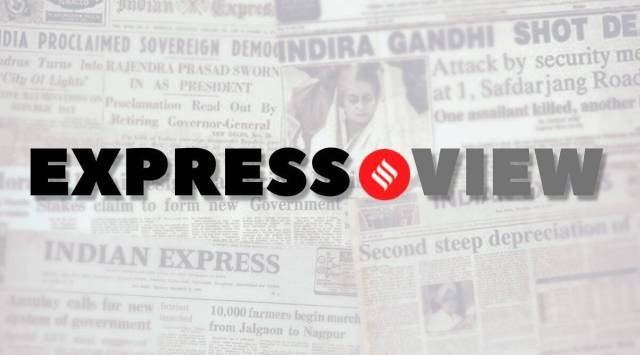
The confusion about which side requested the meeting between Prime Minister Narendra Modi and Chinese President Xi Jinping on the margins of the BRICS summit in Johannesburg last week might have little substance.
The protocol one-upmanship is quite normal for diplomacy between Delhi and Beijing. But it underlines the current edgy state of the bilateral relationship, in a freezer since the Galwan incidents in eastern Ladakh during the spring of 2020. The episode underlines the dense fog that envelops negotiations between the two nations on managing their border.
It also points to the complex nature of the dispute —Delhi and Beijing don’t agree on the length of the border. Sixty years after the 1962 war, the two sides have no shared understanding of where the line of separation, or the Line of Actual Control, is. The negotiating record on the dispute is not public in either country.
The diplomatic code in which the two sides speak is hard to crack. Combine all this with the traditional romantic notions about China relations in the Indian political class and entrenched geopolitical contradictions between their interests, and you have unending mixed messages from Delhi.
Whether it was an “informal meeting”, “pull aside”, a mere “conversation”, or a “candid and in-depth exchange of views”, the readouts from the two sides after the meeting underline the deep and well-known divergence on ending the current stalemate.
India has insisted that until peace and tranquillity is restored on the border, there will be no return to normal in the rest of the relationship. In other words, progress on the border is a precondition for reviving the rest of the relationship. China, on the other hand, argues that the border dispute is only part of the problem, and India must restore full business relations and a political dialogue.
From what was heard about the Johannesburg encounter between Modi and Xi, there is no apparent give by either side. Yet, intense negotiations between the military commanders on reducing tensions in the Ladakh region report considerable progress, raising the possibility for an agreement on military disengagement and a roadmap for de-escalation that could be blessed by the two leaders when Xi comes to the G20 summit next month.
The government’s political opponents and critics, including Congress leader Rahul Gandhi, claim that India has been making all the military concessions to reduce the tensions on the border and has virtually acquiesced in China’s 2020 landgrab in Ladakh. Indian officials who have dealt with China over the years caution against agreeing to meet the artificial G20 deadline. It is unclear what the Chinese terms are for military disengagement and what Beijing wants in return elsewhere in the relationship. The government’s reluctance to disclose the details of the current negotiations with Beijing is very much in sync with the long-standing diplomatic tradition of non-transparent dialogue on the border with China. It makes little sense for the Modi government, which has signalled a strong resolve to stand up to Chinese pressures, to take policy back to the bad old days. Instead, it must take the country into confidence on the state of play with China.